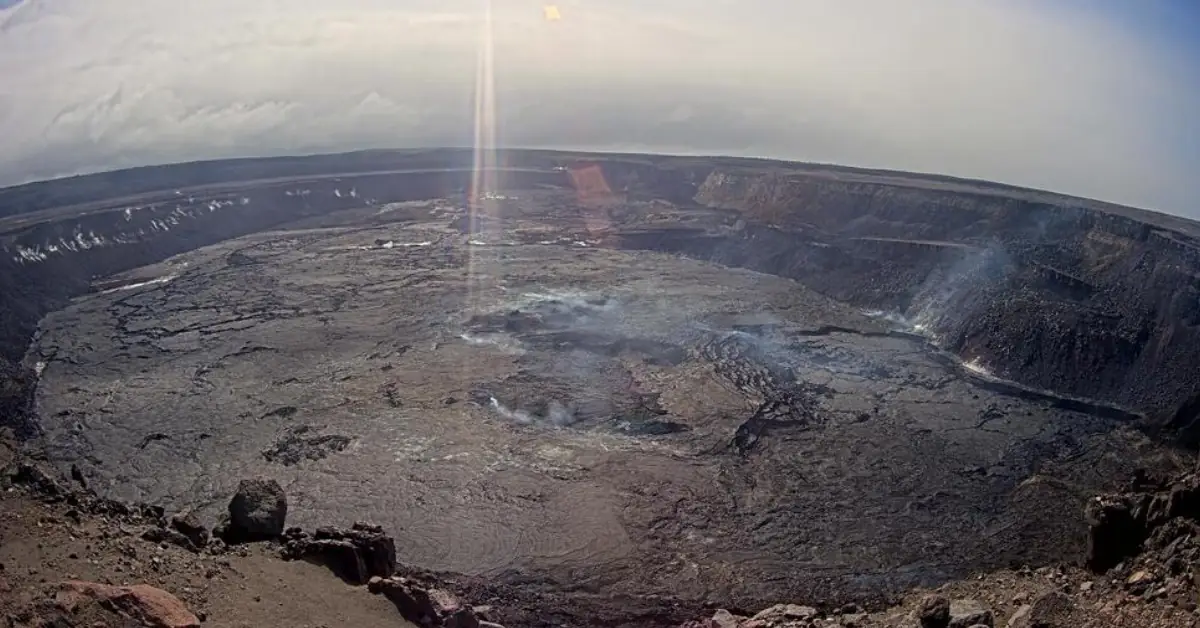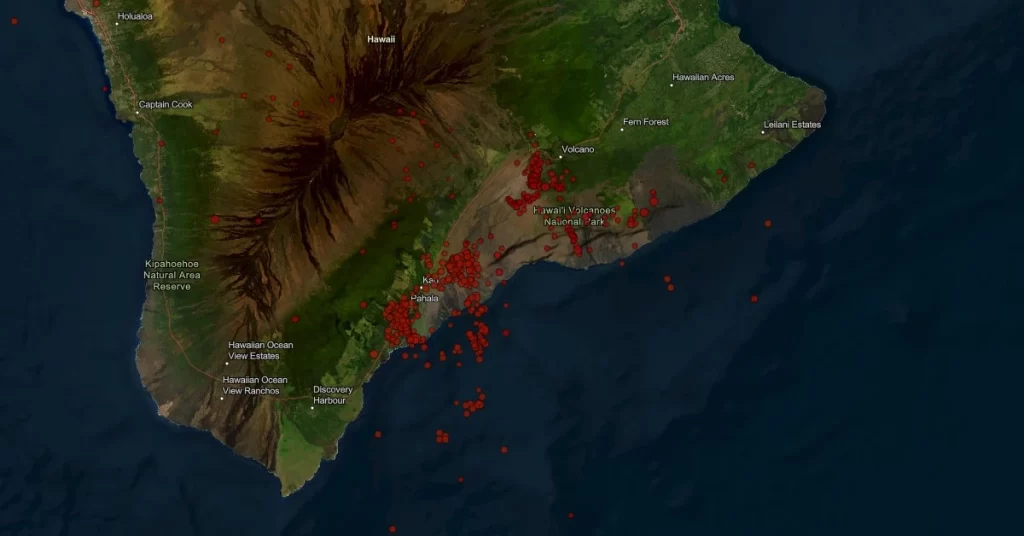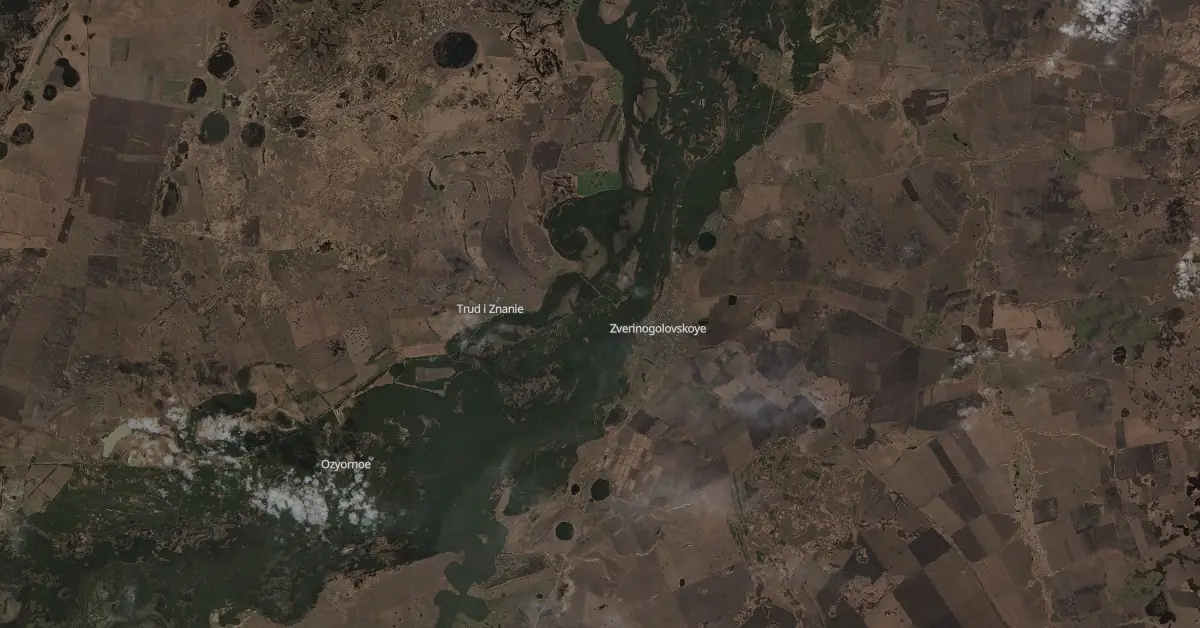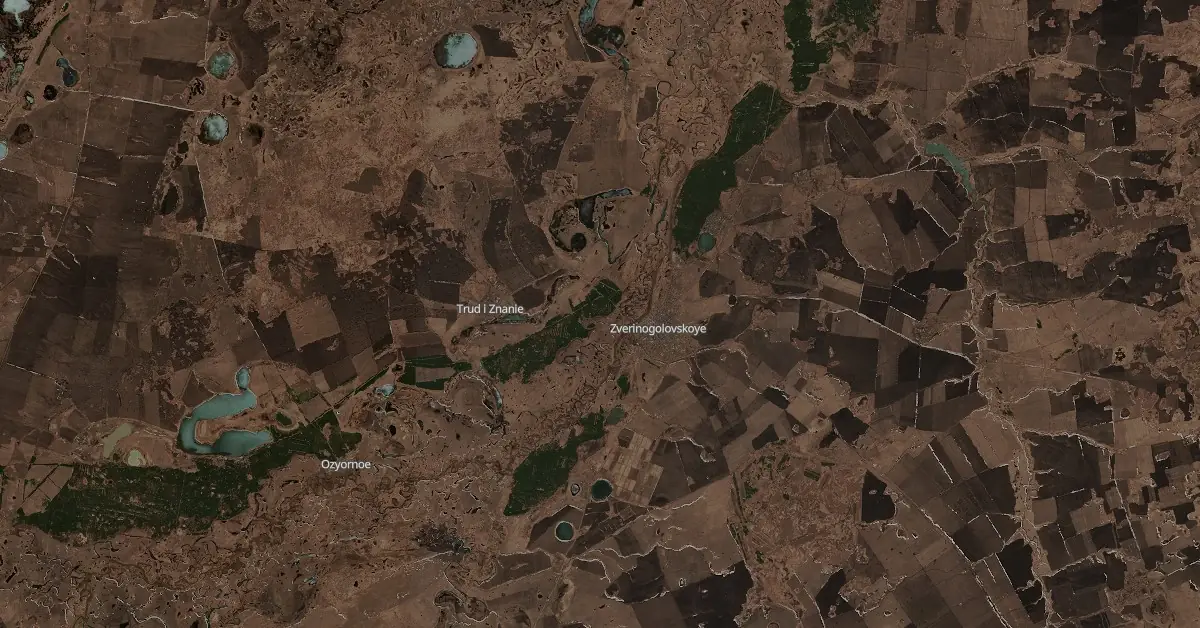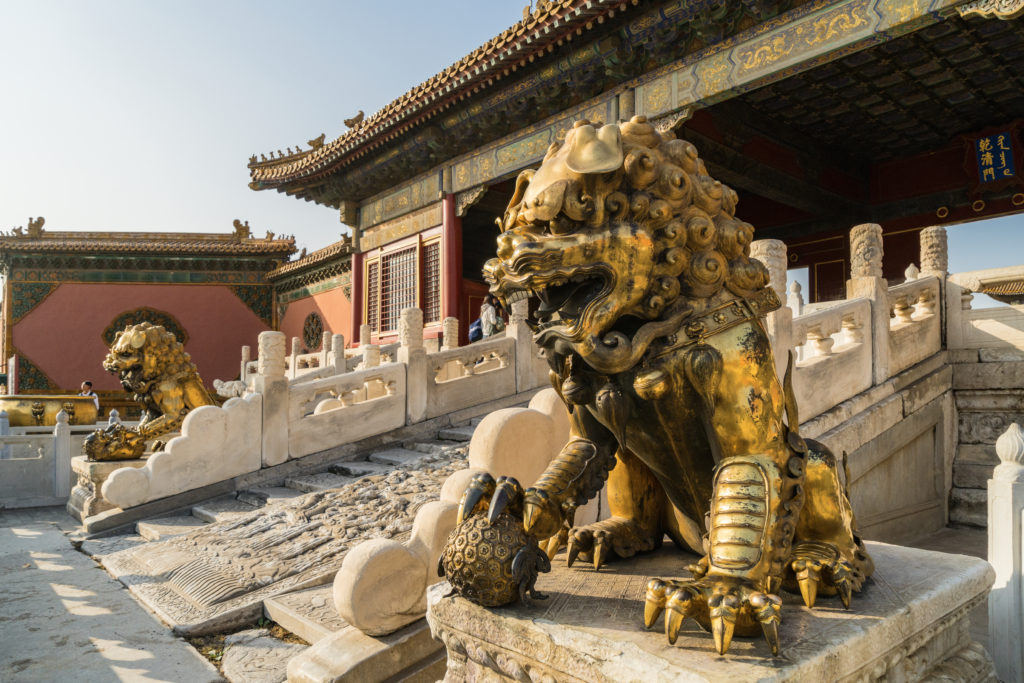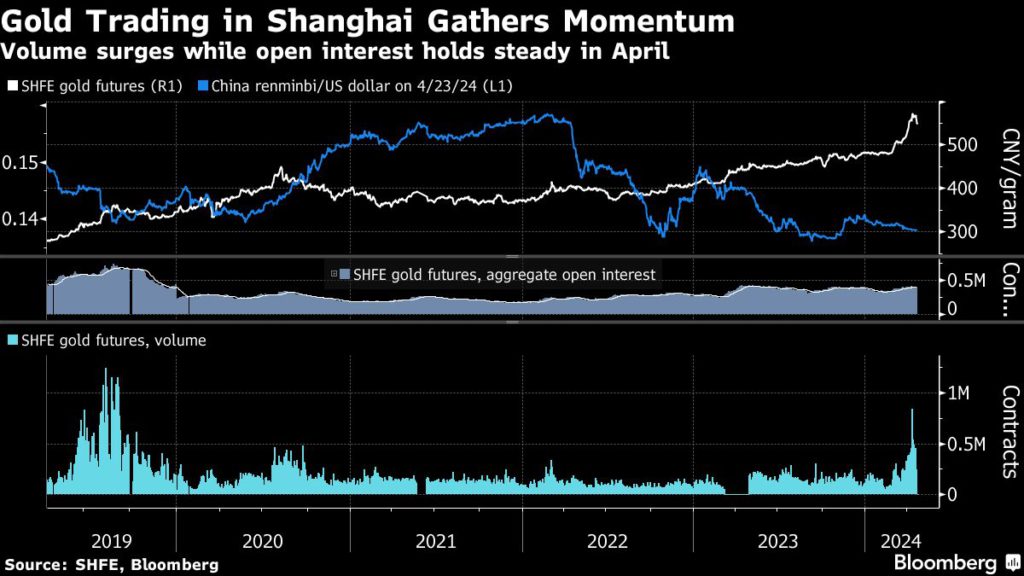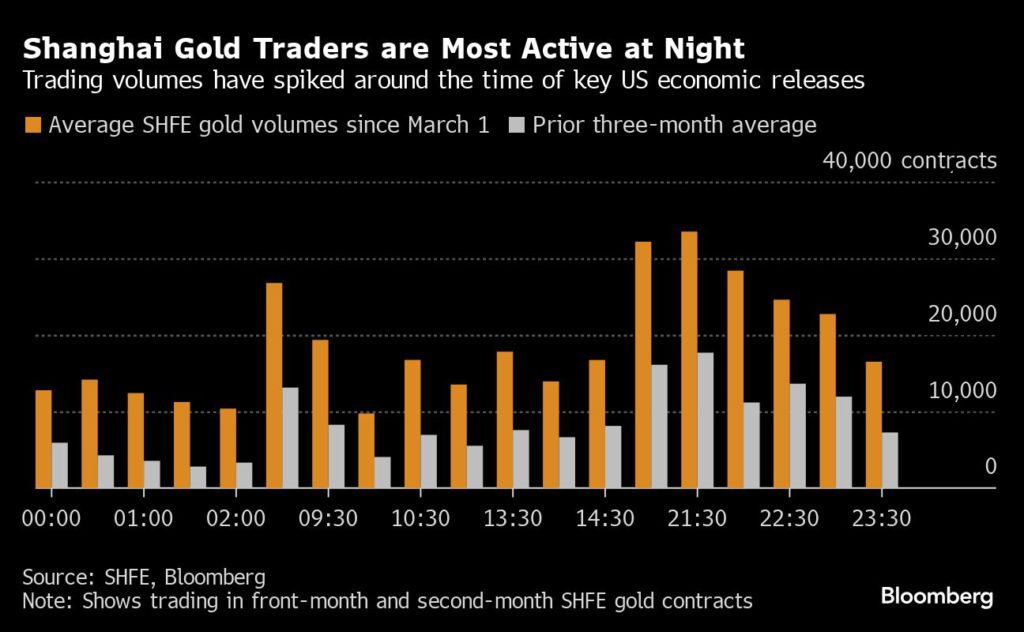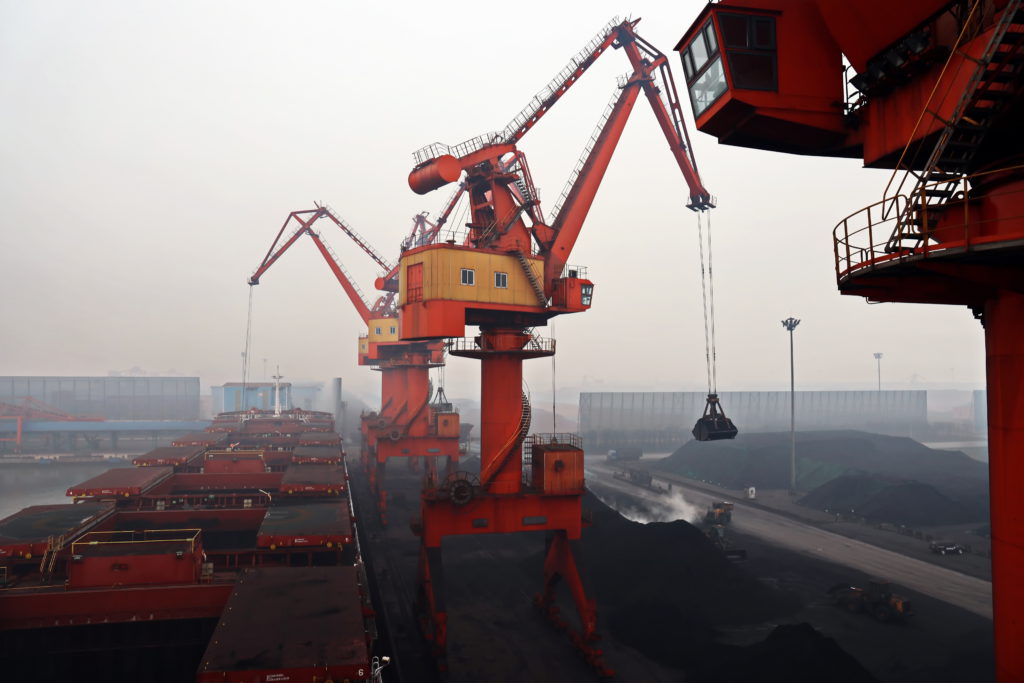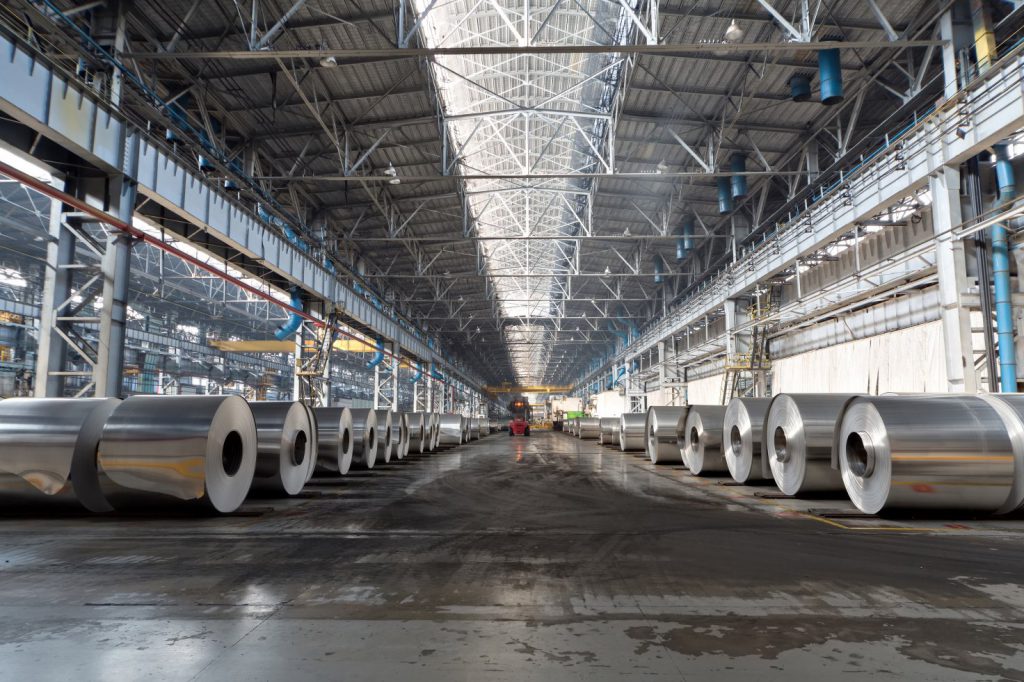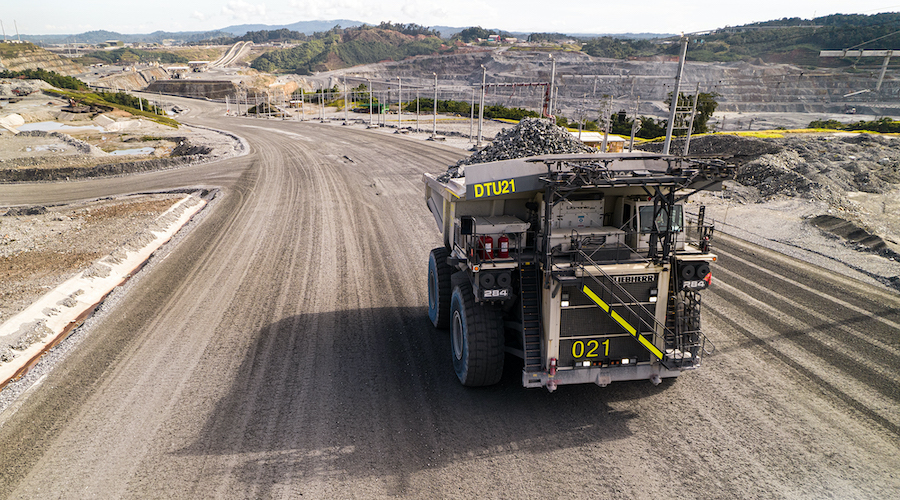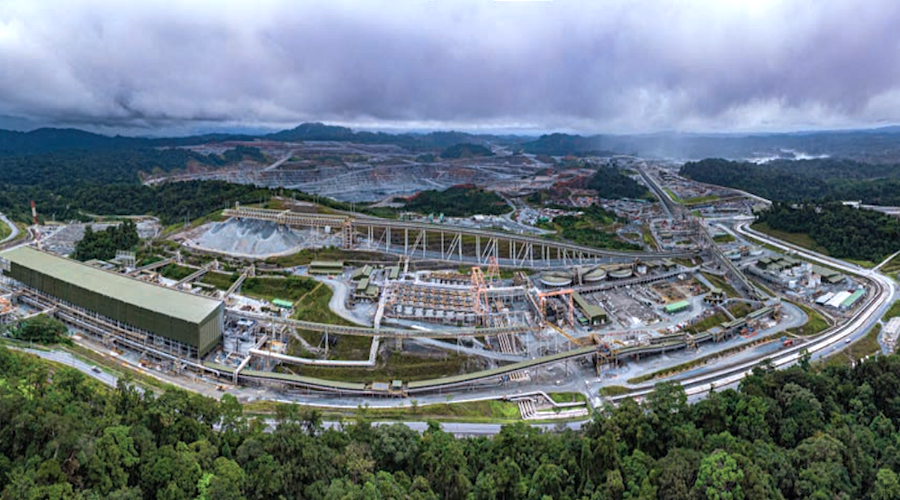TMC & SGS Produce World-First Nickel Sulfate from Deep-Seafloor Polymetallic Nodules
by The Metals Company |
Apr 23, 2024
First Nickel Sulfate
The nickel sulfate was produced in a testing program applying TMC’s efficient flowsheet design that processes high-grade nickel matte direct to nickel sulfate and produces fertilizer products instead of solid waste or tailingsAs part of TMC’s pilot-scale nodule processing, SGS and TMC produced the world's first nickel sulfate from deep-seafloor polymetallic nodules, indicating TMC’s resource is suitable for battery markets
The nickel sulfate was produced in a testing program conducted in collaboration with SGS and other industry leaders applying TMC’s efficient flowsheet design that processes high-grade nickel matte direct to nickel sulfate (without making nickel metal) and produces fertilizer products instead of solid waste or tailings
TMC holds exploration rights to the world's two largest-ranked undeveloped nickel deposits, which could offer a less impactful alternative to market dominant rainforest-sourced nickel laterites, potentially alleviating stress on ecosystems and local communities
NEW YORK, April 23, 2024 (GLOBE NEWSWIRE) -- TMC the metals company Inc. (Nasdaq: TMC) (“TMC” or the “Company”), an explorer of the world’s largest estimated undeveloped source of critical battery metals, today announced that it has successfully produced the world’s first nickel sulfate derived exclusively from seafloor polymetallic nodules. The sulfate was generated during bench-scale testing of its hydrometallurgical flowsheet design in partnership with SGS Canada Inc., at their Lakefield, Ontario facility.
Undertaken on samples of nickel-cobalt-copper matte produced by TMC in 2021, the Extractive Metallurgy team at SGS tested TMC’s efficient flowsheet to process high-grade nickel matte directly to nickel sulfate without making nickel metal, while producing fertilizer byproducts instead of solid waste or tailings. Following the successful nickel sulfate production, SGS continues testing to produce what TMC believes will be the world’s first cobalt sulfate from polymetallic nodules.
Dr. Jeffrey Donald, TMC Head of Onshore Development, said: “The production of the world’s first nickel sulfate from deep-seafloor nodules is an important milestone, confirming that our custom flowsheet configuration can be deployed to process these remarkable rocks into final products suitable for use in batteries. This work was executed in close collaboration with SGS and other industry leaders to demonstrate the ability to refine nodules to high value products. The data collected will inform further engineering decisions to move this towards commercial scale, and TMC continues to expect that initial production will begin with a capital-light approach by leveraging the existing processing facilities of strategic partners, such as PAMCO. With the commencement of this new industry now being seen as imminent by countries and companies alike, this represents not just a major achievement for TMC but for the entire deep-seafloor minerals industry.”
SGS North America Senior Director, Metallurgy & Consulting, Stephen Mackie, said: “As a trusted partner, SGS is proud to be working with The Metals Company to execute a key part of their initiative. The test work completed to-date for TMC has proven to be quite successful and we are excited on continuing our relationship with them on future phases of work.”
TMC’s NORI and TOML projects are ranked as the world’s #1 and #2 largest undeveloped nickel projects according to Mining.com, containing in situ quantities of nickel, cobalt, copper and manganese sufficient to meet the needs of 280 million electric vehicles – roughly the size of the entire U.S. light vehicle fleet. With analysts warning that the quantities of critical battery metals like nickel and cobalt available from domestic or allied partners will be insufficient to meet U.S. demand from the energy transition, there is increased interest in and prioritization of marine minerals to support energy and national security.
In March, members of the House of Representatives introduced draft legislation calling for the U.S. to “provide financial, diplomatic, or other forms of support for seafloor nodule collection, processing and refining.” In November 2023, TMC signed a Memorandum of Understanding with Pacific Metals Corporation (PAMCO) to complete a feasibility study to process 1.3 million tonnes of wet polymetallic nodules (PMN) per year into high-grade nickel-copper-cobalt alloy / matte and manganese silicate, which are feedstock for the production of lithium-ion batteries, electrical infrastructure and steel.
About The Metals Company
The Metals Company is an explorer of lower-impact battery metals from seafloor polymetallic nodules, on a dual mission: (1) supply metals for the global energy transition with the least possible negative impacts on planet and people and (2) trace, recover and recycle the metals we supply to help create a metals commons that can be used in perpetuity. The Company through its subsidiaries holds exploration and commercial rights to three polymetallic nodule contract areas in the Clarion Clipperton Zone of the Pacific Ocean regulated by the International Seabed Authority and sponsored by the governments of Nauru, Kiribati and the Kingdom of Tonga. More information is available at www.metals.co.
